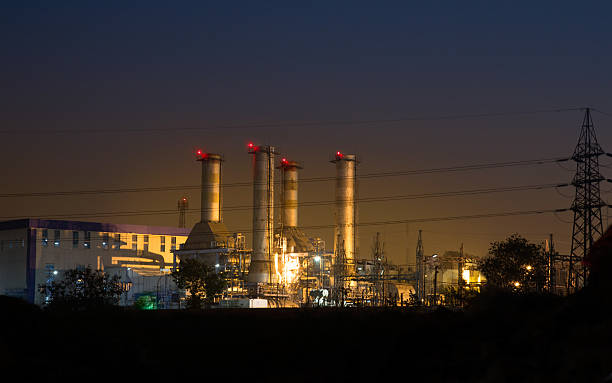Taming the Beast: Understanding the Intricacies of High-Performance Tires
Tire technology is often overlooked in the realm of automotive engineering, yet it plays a crucial role in vehicle performance and driving experience. This article will focus on high-performance tires, diving into their evolution, the science behind their enhanced capabilities, and their impact on modern driving.

A Journey Through Time: The Evolution of High-Performance Tires
The journey of high-performance tires began in the 1960s, when manufacturers started experimenting with wider section widths for improved traction. However, the breakthrough came in the late ’80s with the introduction of ultra-high-performance (UHP) tires, designed for high-speed stability and cornering grip. Today, high-performance tires are a symbol of leading-edge technology and innovation, incorporating advancements like silica-enhanced compounds and asymmetric tread patterns.
The Science Behind the Performance: Key Technological Developments
At the heart of high-performance tires lies their unique design and compound. They are characterized by larger tread blocks for increased contact with the road and a softer rubber compound for enhanced grip. The addition of silica in the compound reduces rolling resistance and improves wet traction. Moreover, the use of advanced polymers increases tread life without compromising on performance.
Riding the Wave of the Present: Current Industry Trends
The tire industry is currently witnessing a surge in demand for high-performance tires, driven by the growing popularity of high-speed sports cars and luxury vehicles. Manufacturers are continually innovating to increase tire performance, durability, and fuel efficiency. For instance, some manufacturers are introducing tires with “intelligent” compounds that can adapt to changing road and weather conditions.
The Impact and Implications of High-Performance Tires
High-performance tires significantly enhance a vehicle’s handling and braking capabilities. They offer superior grip, both in dry and wet conditions, and provide the driver with better control at higher speeds. However, these benefits come with their share of challenges. High-performance tires often have a shorter lifespan and are more expensive to replace than regular tires. Moreover, they require more maintenance, as their performance is heavily dependent on tire pressure and alignment.
Looking Through the Windshield: The Future of High-Performance Tires
The future of high-performance tires lies in the integration of digital technology. Tire pressure monitoring systems (TPMS) are already common in today’s vehicles, but the next step could be “smart” tires equipped with sensors that provide real-time information about tire wear, temperature, and road conditions. This would allow for more precise control and optimization of tire performance, heralding an exciting new era in automotive innovation.
In conclusion, high-performance tires are an essential aspect of automotive technology, often undervalued but significantly impacting the driving experience. As the industry continues to evolve, these rubber marvels will undoubtedly keep pace, incorporating new materials and technologies to maximize performance and safety.





